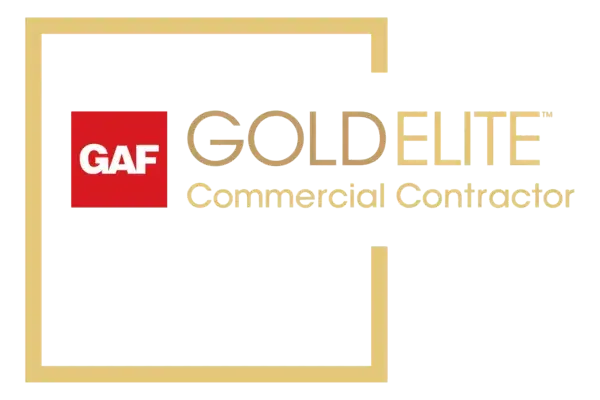Frequently Asked Questions About RMC Roofing & Construction LLC
At RMC Roofing & Construction LLC, we understand that you may have questions about our services, processes, and what sets us apart as a trusted, locally owned roofing company serving Greater Albuquerque, NM. As a family owned and operated business with deep roots in the Greater Albuquerque and surrounding towns community, we’re committed to providing transparent, helpful information to our valued customers. Here are answers to some of the most frequently asked questions we receive:
What Types of Roofing Services Does RMC Roofing & Construction LLC Offer?
RMC Roofing & Construction LLC is a full-service roofing contractor, offering a comprehensive range of services for residential and commercial properties. Our expertise covers:
- Roof installation: We specialize in installing high-quality, durable roofing systems tailored to your specific needs and preferences.
- Roof repair: Our skilled technicians can quickly identify and fix any issues with your existing roof, from minor leaks to major structural damage.
- Roof maintenance: Regular maintenance is key to extending the life of your roof, and we offer customized maintenance plans to keep your roof in top condition.
- Gutter installation and repair: Properly functioning gutters are essential for protecting your roof and foundation from water damage, and we offer expert gutter services to ensure optimal performance.
No matter the scope of your roofing project, RMC Roofing & Construction LLC has the knowledge, skills, and resources to deliver exceptional results. We work with all types of roofing materials, including asphalt shingles, metal, tile, and flat roofing systems, ensuring we can meet the unique needs of every customer.
What Sets RMC Roofing & Construction LLC Apart from Other Roofing Companies?
In an industry where quality and reliability can vary widely, RMC Roofing & Construction LLC stands out as a roofing contractor you can trust. Several key factors differentiate us from the competition:
- We are a veteran owned and operated company, bringing the same dedication, discipline, and attention to detail to our roofing work that we learned in the military.
- As a minority owned business, we are committed to diversity, equity, and inclusion in all aspects of our operations.
- Being a woman owned company, we bring a unique perspective and approach to the traditionally male-dominated roofing industry.
In addition to these distinctive attributes, RMC Roofing & Construction LLC is known for our:
- Quality workmanship: Our team of highly trained and experienced roofing professionals consistently delivers top-quality results, paying meticulous attention to every detail of your project.
- Superior customer service: We prioritize clear communication, responsiveness, and going above and beyond to exceed our customers’ expectations at every turn.
- Competitive pricing: As a locally owned company with lower overhead costs than large national chains, we’re able to offer highly competitive pricing without compromising on quality.
When you choose RMC Roofing & Construction LLC for your roofing needs, you can have confidence that you’re working with a trustworthy, reliable partner who is deeply invested in your satisfaction and the long-term performance of your roof.
What Can I Expect During the Roof Installation or Repair Process?
At RMC Roofing & Construction LLC, we strive to make the roofing process as smooth, efficient, and stress-free as possible for our customers. Here’s what you can expect when you work with us:
- Consultation: We start by meeting with you to discuss your roofing needs, budget, and timeline. We’ll conduct a thorough inspection of your roof and provide expert recommendations tailored to your specific situation.
- Proposal: Based on our consultation and inspection, we’ll develop a detailed proposal outlining the scope of work, materials to be used, estimated timeline, and pricing. We’ll review this proposal with you in detail and answer any questions you may have.
- Scheduling: Once you approve the proposal, we’ll work with you to schedule a convenient start date for your project. We’ll also coordinate with you to ensure minimal disruption to your daily routines during the project.
Throughout the installation or repair process, our team will maintain a clean, safe, and organized work site, treating your property with the utmost respect. We’ll provide regular updates on our progress and promptly address any concerns or questions you may have along the way. Upon completion, we’ll conduct a final walkthrough with you to ensure your complete satisfaction with our work.
By choosing RMC Roofing & Construction LLC, you can have peace of mind knowing that your roofing project is in the hands of a skilled, professional team dedicated to delivering the best possible results for your home or business. Contact us today to schedule your consultation and experience the RMC Roofing & Construction LLC difference for yourself.


